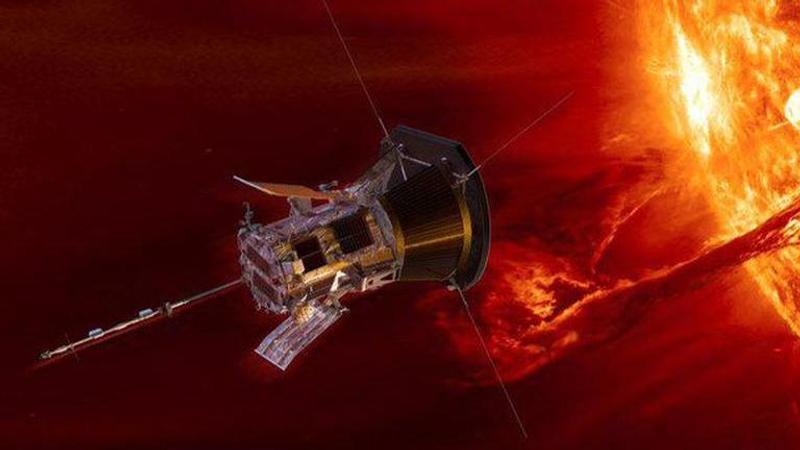Published 16:23 IST, December 15th 2021
EXPLAINED: Why didn't NASA's Parker Solar Probe burn after touching Sun?
The Parker Solar Probe designed by NASA to study the sun has officially entered the corona of the sun, marking a remarkable achievement in the field of solar sc

The Parker Solar Probe designed by NASA to study the Sun has officially entered its corona (outermost part) marking a remarkable achievement in the field of solar science. Launched in 2018, the spacecraft was built to unravel the mysteries of the Sun and according to NASA, it is getting closer to doing so. The agency confirmed in an official release on Wednesday, December 15, that the probe has indeed "touched the Sun" as it got as close as 13 million kilometres to the Sun and sampled the first particles and magnetic fields. But considering how near it got to our solar system's star, the question arises that how is the spacecraft still alive?
Why didn't the Parker Solar Probe burn?
It is completely logical to question the toughness of the Parker probe as it has covered almost 91% of Earth’s distance from the Sun and is still very much functional. However, the credit goes to NASA's engineering which has allowed the spacecraft to endure such harsh conditions and continue further in its venture to the Sun. According to NASA, the probe is equipped with a heat shield that is capable to protect the spacecraft from temperatures even greater than what it is facing currently. Measuring 4.5-inch-thick the carbon-composite heat shield is capable of enduring temperatures up to 1,377 degrees celsius, a number which Parker would face at its closest approach to the Sun. As per the agency, the closest approach will likely be made in January 2022, when the probe would be nearly 6 million kilometres from the solar surface. Another major piece of equipment is its Solar Probe Cup, through which it collected the solar particles and helped scientists confirm the closest flyby of the Sun to date.
Not to forget, the spacecraft is moving towards the Sun at a speed of 7,00,000 kilometres per hour and is being bombarded with dust particles at a speed of 11,000 kilometres per hour. Talking about Parker's achievement, the associate administrator for the Science Mission Directorate at NASA Thomas Zurbuchen said-
Parker Solar Probe “touching the Sun” is a monumental moment for solar science and a truly remarkable feat. Not only does this milestone provide us with deeper insights into our Sun's evolution and it's impacts on our solar system, but everything we learn about our own star also teaches us more about stars in the rest of the universe.
Image: Twitter/@NASA
Updated 16:23 IST, December 15th 2021



